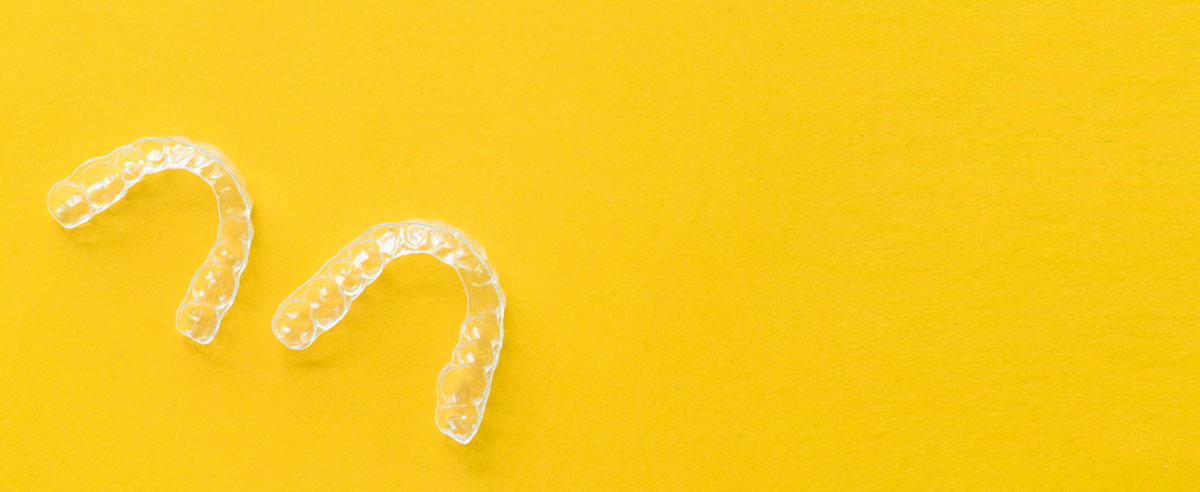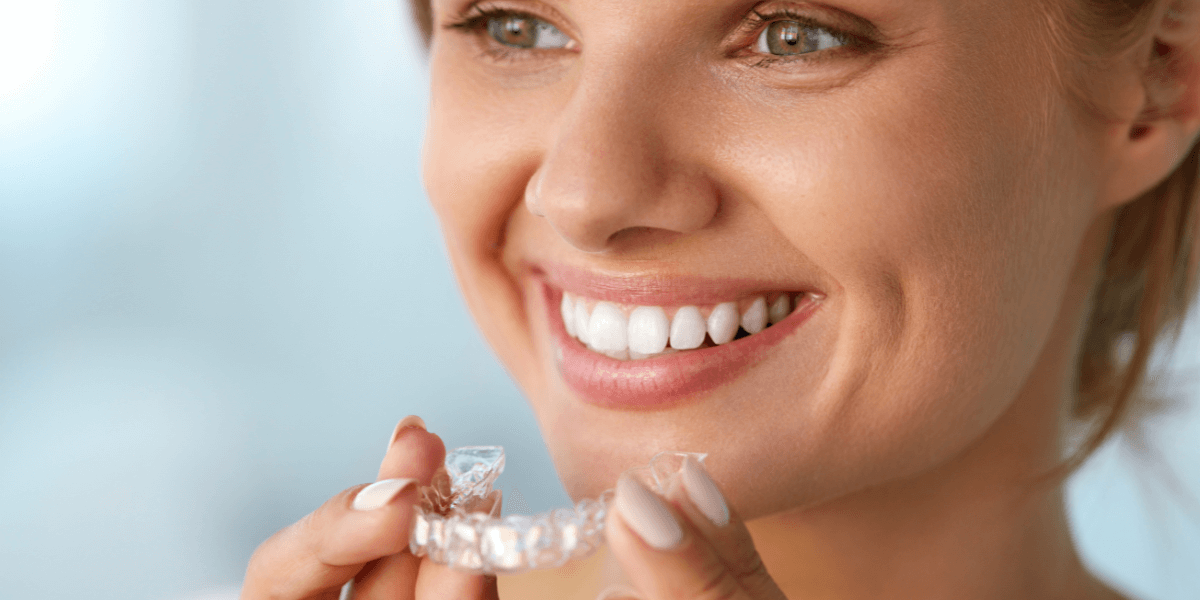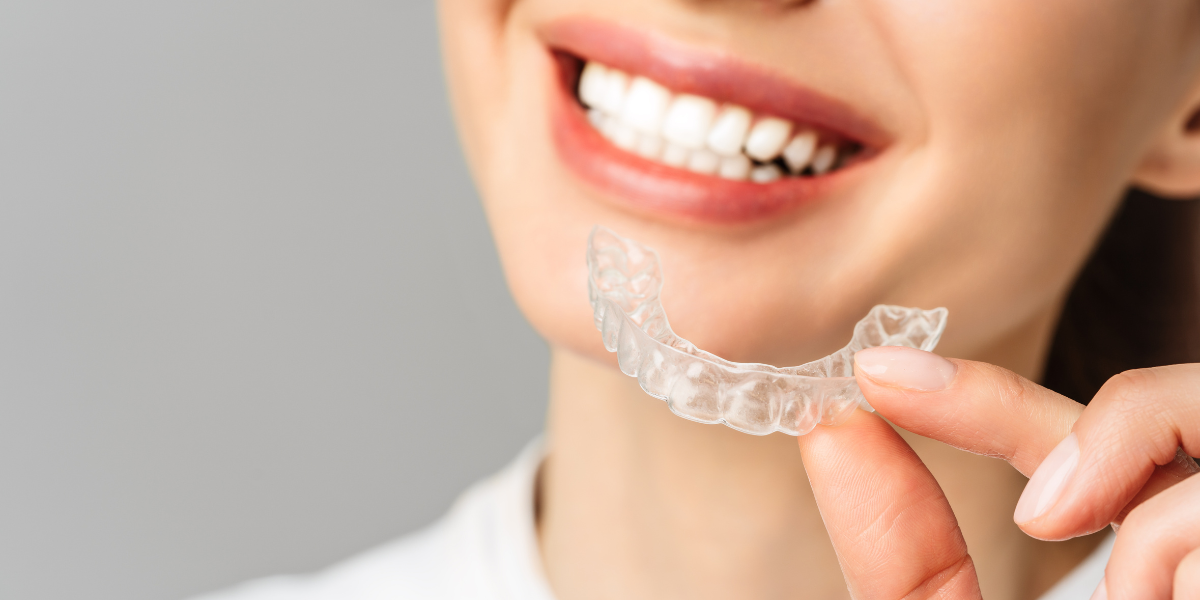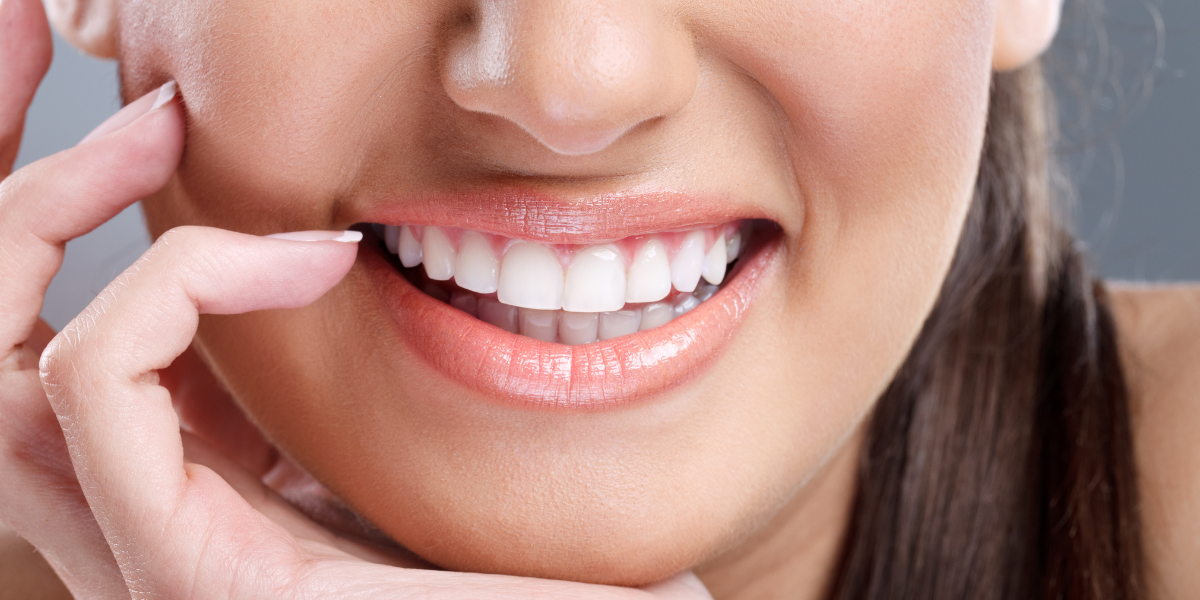Professional Teeth Whitening: Is it worth it and are there equal alternatives?

Professional Teeth Whitening
As a general rule, all DIY projects come with some form of risk, whether it be health risk or durability issue. Building a chair is more dangerous than buying one; cooking on an open flame is trickier than ordering take-out; and, logically, whitening your teeth at home is not as safe as having it done professionally.
This isn’t to say it’s less effective, if you do it right. But if you decide to spend the extra cash and head into your local professional teeth whitening office, you should know what you’re paying for.
Paying for a cleaning
Before any actual whitening begins your dental professional will clean your teeth and gums from plaque and tartar, and fill in any cavities that need attention. They’ll need to work with a clean slate of teeth.
On the day of the procedure, they’ll place a rubber shield known as “dental damns” to protect your gums and apply the bleaching agent, either a solution of anything from 10-35 percent carbamide or hydrogen peroxide. Then they’ll wipe the bleaching agent off after 10-45 minutes and reapply it to remove another “layer” of stain.
Professional teeth whitening uses a higher peroxide
Your dentist will very possibly use a higher dosage of carbamide or hydrogen peroxide in his or her office than most at-home whiteners allow (Haywood, 2008). Over-the-counter whitening strips, for example, use just a slight amount of peroxide, roughly six percent. The maximum percentage recommended by the ADA is 10 percent (ADA, 2003). Many gels for at-home trays use 22 percent. The maximum commonly used is 35 percent, that’s what you might find at the dentist’s.
The danger with a 35-percent solution is that you must only leave it on your teeth for a certain amount of time, rarely longer than an hour, and it has a higher potency for extreme sensitivity afterward. That’s why it’s best applied by a professional teeth whitener, rather than by yourself.
But remember: just because a dentist is using a stronger whitening gel doesn’t mean your teeth will get whiter. The strength of the gel merely affects how long it can be applied for and how quickly the stains will be removed. So while a 10-percent peroxide paste can be left on for a few hours, a 35-percent paste shouldn’t exceed 60 minutes, but the end result will be the same (Haywood, 2004).
The laser lights at the end of the professional teeth whitening tunnel
Professional teeth whiteners may also employ a UV or argon laser on your teeth. Before they do, you should ask them if it’s really necessary. Any whitening system that comes with a laser may simply jack up the cost of the procedure without adding any real benefits.
In 2005, the CRA conducted a survey comparing at-home custom-fitted whitening trays with in-office bleaching. The results were identical after two weeks, despite an initial bump in teeth whiteness hours after the procedure, caused merely by temporary tooth dehydration. (Bright lights + rubber seals = dehydration. Any immediate whiteness is an illusion.)
Afterward, the CRA asked the professionals why they used the lights at all. “Some dentists stated that they use the light because it came with the system, some use the light because patients ask for it, and some use the light because it is good for marketing ” (Haywood, 2009). Note that none said it was because they had proof that they worked.
What professionals do best
The biggest advantages to staying in the dentist’s chair are the obvious constant consultations and immediate notice if something goes wrong or isn’t working.
Teeth whitening has long been proven safe (Haywood, 2003), but gum irritation is not uncommon, nor is tooth hypersensitivity. Extremely cold and hot foods are best avoided after a procedure.
Dental professionals will also often create a mold of your mouth to give you a custom-fitted whitening tray after the procedure is finished. While three visits to the dentist over the span of four to six weeks are common, the results won’t last forever, but a dentist can teach you more about your teeth by doing the procedure first and prescribing a peroxide percentage solution specifically outfitted to your teeth.
Trays last a lifetime, after all, and “a combination of in-office and tray bleaching yields a better final outcome than a single in-office treatment” (Haywood, 2009).
The proof is in the pudding-stained teeth
Remember that the outcome of your teeth whitening will be roughly the same if done at-home using custom fitting teeth whitening trays or in-office by a dental professional. One may take longer, one may be cheaper, one may require more upkeep, but the constant value in this equation is always the maximum whiteness your teeth can achieve.
Effective whitening depends on the tooth, not the product. Nicotine stains, for example, can take up to three months to whiten regardless of the peroxide percentage. And sometimes neighbor teeth in your mouth won’t even achieve the same level of whiteness.
A professional teeth whitener can confirm this reality for you, but don’t expect anything more.








